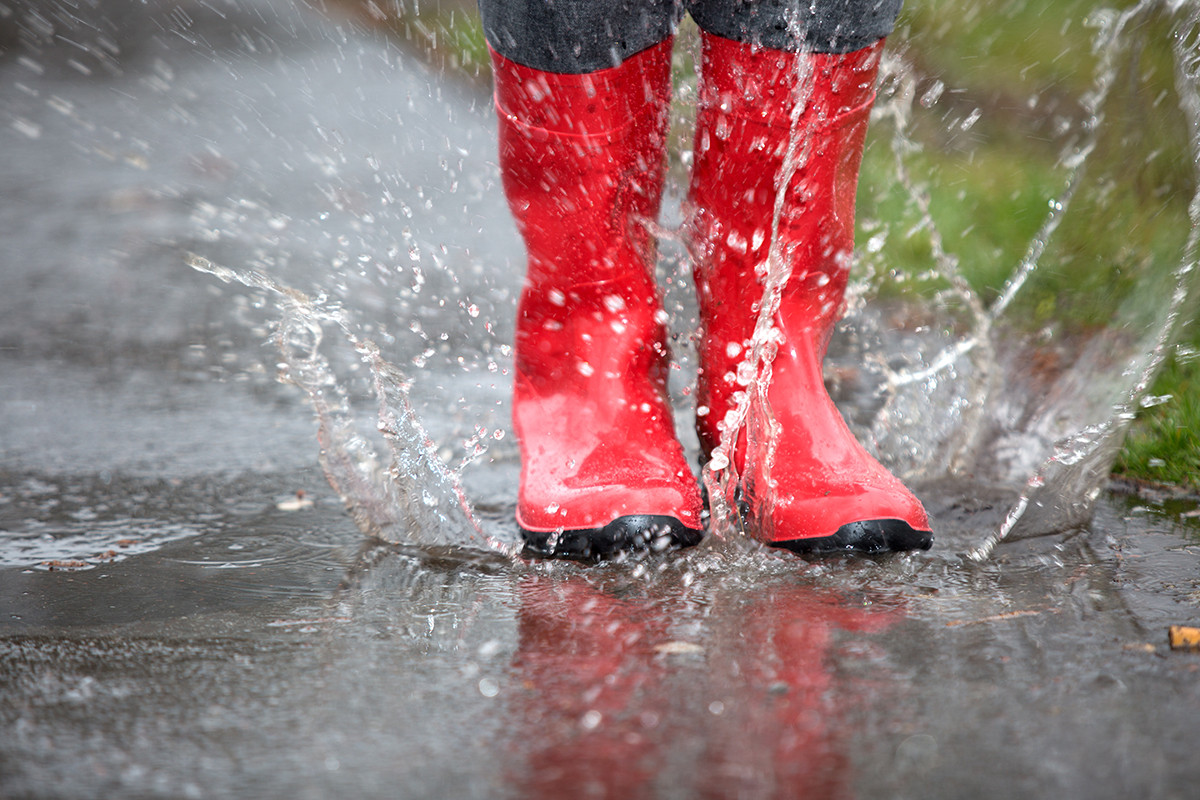What is Stormwater?
Stormwater: The flow of water that results from precipitation and which occurs immediately following rainfall or as a result of snowmelt.
When a rainfall event occurs, several things can happen to the precipitation. Some of the precipitation infiltrates into the soil surface, some is taken up by plants, and some is evaporated into the atmosphere. Stormwater is the rest of the precipitation that runs off land surfaces and impervious areas.
Stormwater discharges are generated by precipitation and runoff from land, pavements, building rooftops and other surfaces. These hardened surfaces are called ‘impervious surfaces’ and they do not allow rainfall to infiltrate into the soil surface like natural vegetation, so more of the rainfall becomes stormwater runoff. Storm water runoff accumulates pollutants such as oil and grease, chemicals, nutrients, metals, and bacteria as it travels across land.
Willoughby is a participant in the Ohio EPA Stormwater Protection Program
The City of Willoughby is a participant of Ohio Environmental Protection Agency (Ohio EPA) National Pollution Discharge and Elimination System (NPDES) Phase II program. The Phase II regulations, a component of the Clean Water Act, require small municipal separate storm sewer systems in urbanized areas, defined by the census bureau, to develop Stormwater Management Program and apply for permit coverage. This program is regulated by the Ohio EPA. The goal of this mandate is to control pollutants entering municipal storm water system that discharge into receiving waters of the State of Ohio. Municipalities must implement an ongoing comprehensive Stormwater Management Program that addresses each of the six Minimum Control Measures (MCM) described below.
- Stormwater Education and Outreach: Information regarding storm water discharges and ways to reduce storm water pollutants.
- Public Involvement & Participation: Public participation in activities associated with stormwater pollution reduction and prevention.
- Illicit Discharge Detection & Elimination Program: Detect and eliminate illicit discharges such as cross connections between the storm and sanitary collection systems, and illegal dumping of pollutants into the storm system.
- Construction Site Storm Water Control Program: Reduce storm water pollutants discharging from construction sites.
- Post-Construction Storm Water Management Program: Minimize water quality and quantity impacts after construction project completion.
- Pollution Prevention & Good Housekeeping: Develop and implement an operations & maintenance program to reduce storm water pollution from municipal operations.
